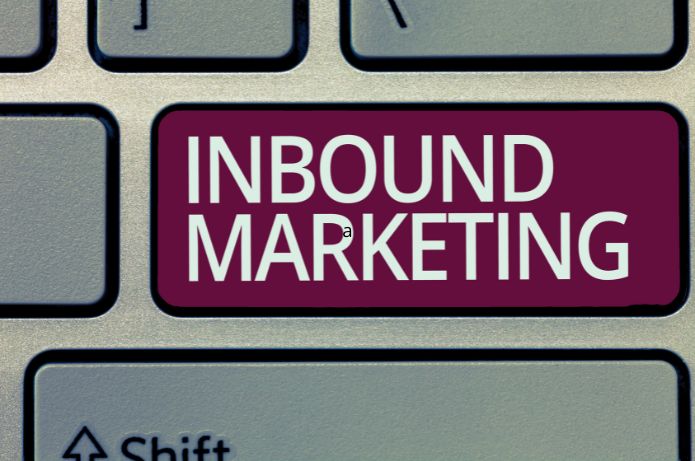Definition:
Inbound Marketing is a digital marketing strategy that focuses on attracting potential customers through relevant content and personalized experiences, instead of interrupting the target audience with traditional advertising messages. This approach aims to establish long-term relationships with customers, providing value at every stage of the buyer's journey
Fundamental principles:
1. Attraction: Create valuable content to attract visitors to the website or digital platform
2. Engagement: Interact with leads through relevant tools and channels
3. Delight: Provide support and information to turn customers into brand promoters
Methodology:
Inbound Marketing follows a four-stage methodology:
1. Attract: Create relevant content to draw in the ideal target audience
2. Converter: Transforming visitors into qualified leads
3. Close: Nurture leads and convert them into customers
4. Delight: Continue providing value to retain and engage customers
Tools and tactics:
1. Content marketing: Blogs, e-books, whitepapers, infographics
2. SEO (Search Engine Optimization): Optimization for search engines
3. Social media: Engagement and content sharing on social networks
4. Email marketing: Personalized and segmented communication
5. Landing pages: Pages optimized for conversion
6. CTA (Call-to-Action): Strategic buttons and links to encourage actions
7. Marketing automation: Tools to automate processes and nurture leads
8. Analytics: Data analysis for continuous optimization
Benefits:
1. Cost-effectiveness: Generally more economical than traditional marketing
2. Building authority: Establishes the brand as a reference in the industry
3. Long-lasting relationship: Focuses on customer retention and loyalty
4. Personalization: Allows for more relevant experiences for each user
5. Precise measurement: It facilitates the monitoring and analysis of results
Challenges:
1. Time: Requires long-term investment for significant results
2. Consistency: Requires constant production of quality content
3. Expertise: Requires knowledge in various areas of digital marketing
4. Adaptation: Requires monitoring changes in audience preferences and algorithms
Differences from Outbound Marketing:
1. Focus: Inbound attracts, Outbound interrupts
2. Direction: Inbound is pull marketing, Outbound is push marketing
3. Interaction: Inbound is bidirectional, Outbound is unidirectional
4. Permission: Inbound is based on consent, Outbound not always
Important metrics:
1. Website traffic
2. Lead conversion rate
3. Engagement with content
4. Cost per lead
5. ROI (Return on Investment)
6. Customer Lifetime Value (CLV)
Future trends:
1. Greater personalization through AI and machine learning
2. Integration with emerging technologies such as augmented and virtual reality
3. Focus on video and audio content (podcasts)
4. Emphasis on user privacy and data protection
Conclusion:
Inbound Marketing represents a fundamental shift in how companies approach digital marketing. By providing consistent value and building genuine relationships with the target audience, this strategy not only attracts potential customers, but also turns them into loyal brand advocates. As the digital landscape continues to evolve, Inbound Marketing remains an effective and customer-centered approach for sustainable business growth


